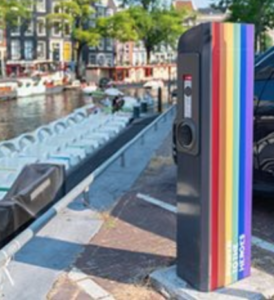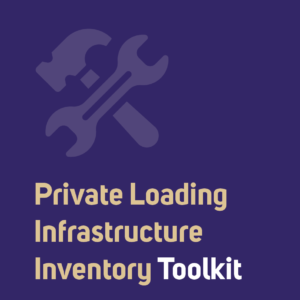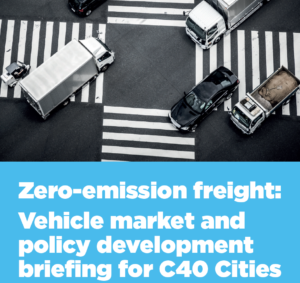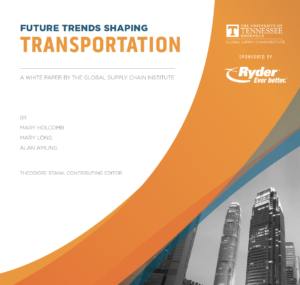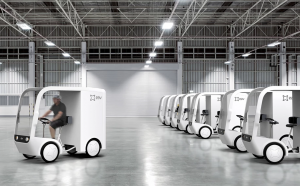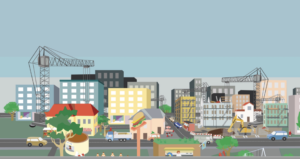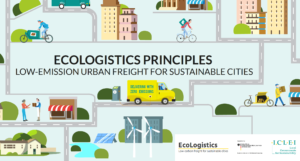Cargo bikes in service logistics in Amsterdam: lessons learned
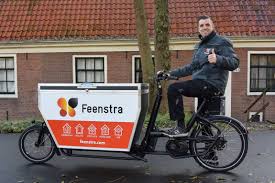
The Amsterdam Economic Board is piloting cargo bikes in service logistics. The first results look promising. A quarter of all delivery vans in Amsterdam are related to service logistics. Drivers have to deal with high parking costs. With a lack of parking spaces they have to walk for ten minutes to the customer. Or, they are on the …

